Hedge Fund Renaissance
By Cédric Kohler- Head of Advisory at Fundana, an alternative boutique specialising in Hedge Funds.
What do Winston Churchill, Niki Lauda, the Internet and Hedge Funds have in common? Nothing, right? An odd group. However, after thinking about it, it's obvious that Churchill, Lauda and the Internet have each changed the world, in their own specialways. What’s more, while they are now regarded either as visionaries or for having started a new era, each of them had to fail before becoming truly recognised. Indeed, before becoming the second world-war historical figure that we know so well, Winston Churchill suffered a major setback in 1915 when he sent more than 20,000 soldiers to their demise in the Dardanelles. Niki Lauda endured a near-fatal race accident at the 1976 German Grand Prix at the Nürburgring before winning his next two world championships and improving car safety forever. The internet bubble first collapsed in 2002, before the web changed the way we live permanently.
Hedge Funds Renaissance
Hedge Funds are going through a similar phase. More than a decade after the 2008 crisis, worldwide Hedge Fund Assets Under Management are near their all-time high with more than $3 trillion (source Hedge Fund Research) and alternatives have changed the way we invest forever! Why? Because investors, especially family offices must find alternatives to traditional portfolios to generate best in class risk adjusted returns. And while the stock market comes as a first solution, the dramatic volatility of this market has frightened more than one CIO. Indeed, stocks have halved not just once but twice since the early 2000s! As a result, investors are looking for alternatives and Hedge Funds version 2.0 are becoming a must in portfolios, either because they improve the return risk profile of bonds or equities, or because they provide an uncorrelated return stream. After a major setback in 2008, the Hedge Fund industry has learned from its mistakes and has come out of the crisis much stronger.
What is foreign does not necessarily have to be strange!
However, for many family offices who decide to venture into the alternatives space, it is not easy to decide which strategies to choose. How should they pick between Private Equity, Infrastructure, Insurance Linked Securities, Hedge Funds, and Commodities? Not to mention more esoteric strategies such as Timber, Microfinance, Crowdfunding, and Movie Financing! For more than one investor, these strategies appear complex and akin to black boxes: in short, these strategies can appear strange to investors because they do not understand them.
A safe and common-sense approach is to start with strategies that investors can understand “easily” and that are liquid in case they want to change their allocation. The Equity Long / Short strategy in Hedge Funds can be a good start. Indeed, typically most investors understand fundamental stock investing given their allocation to long-only equity strategies. The extension on the short side is intuitive: trying to benefit from a stock correction which could be the result of a company, for example, missing its earnings consensus forecast, being too aggressive in its strategy or worst, a fraud. Hence, it does not take much for investors to grasp the essence of this strategy.
What’s more, most professionals invested in Equity Long / Short think of their investments, not as investments in Hedge Funds, but as a complement to their overall equity allocation. Equity Long / Short is thought of as a management technique providing asymmetric returns: capture as much as the market upside as possible, while limiting losses during market corrections. Over the long run, this provides equity returns with just half of the volatility and drawdowns of a simple equity allocation. In addition, since equity markets are one of the most liquid markets in the world, this strategy is by nature very liquid. And as we know, liquidity is important since it gives us the option to be wrong!
Building Trust
Finally, it is probably not a bad idea to start small when going into new investments. By small, we mean literally just a couple of percent. Yes, this will not make a big difference to the portfolio’s bottom-line performance. However, this will enable a family office to learn how a strategy and a portfolio manager react during different market cycles and drawdowns like we had earlier this year. This common-sense approach is used in many other fields. For example, it is well known in medicine under the term hormesis and is in fact the basis for vaccines. A small toxin dose enables the body to build its immune response while a bigger dose could be fatal. Many wise investors recommend investing only in what you understand and in small amounts to begin with. Gradually increasing an allocation to an alternative strategy enables two crucial things that each family office is looking for: understanding its investment while avoiding the risk of ruin and building trust!
Cédric is a partner at Fundana, an alternative boutique specializing in Hedge Funds since 1993. He is a member of the investment committee and in charge of the Advisory Group and of Business Development. Fundana manages circa $1Bn for Family Offices, Pension Funds and Banks. Fundana is a boutique and wants to remain one, focusing on performance rather than products. Read his AYU Member Spotlight here.

